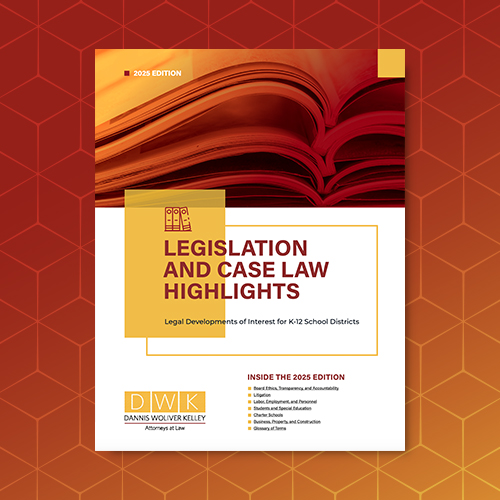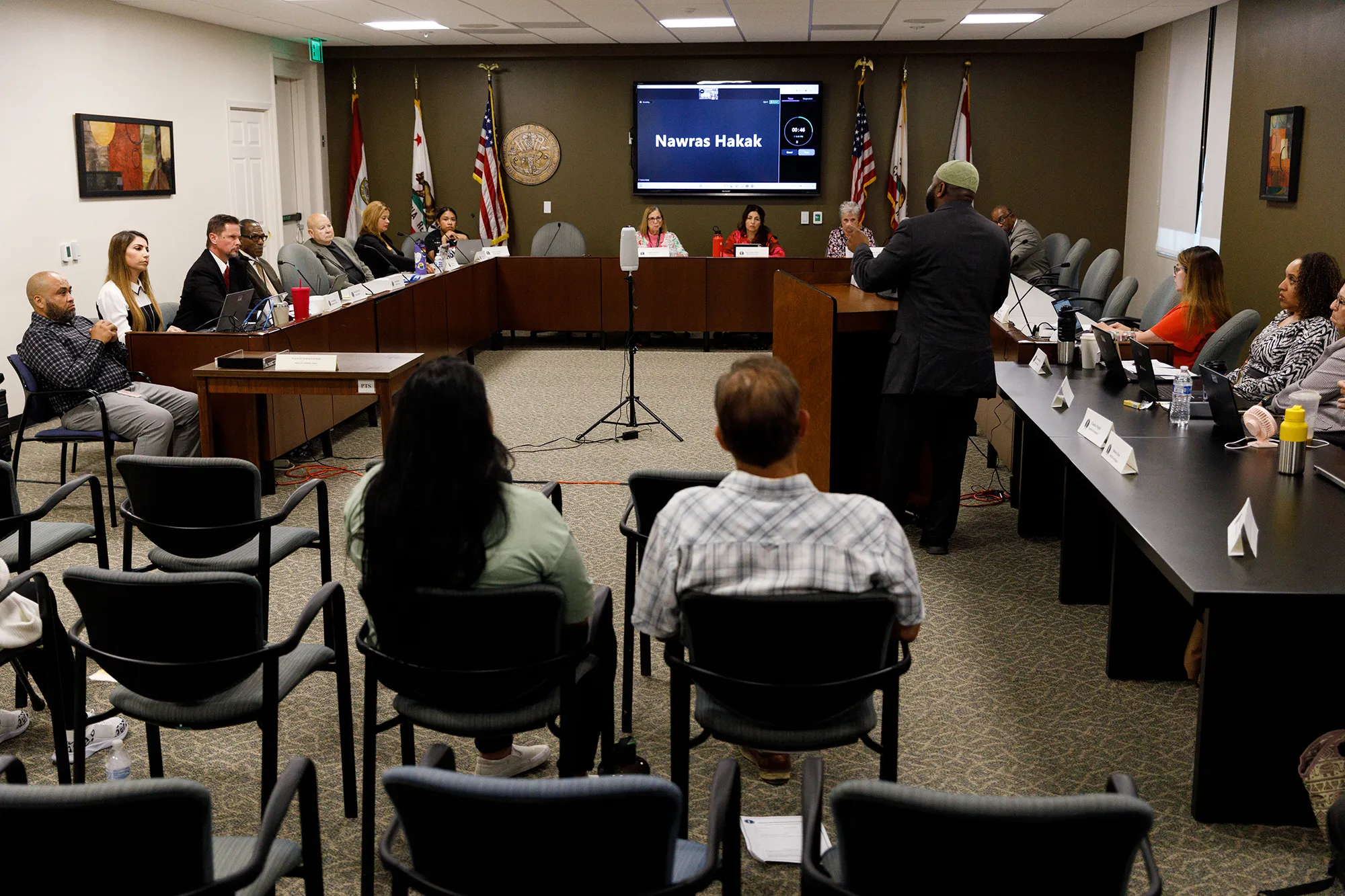Earlier this month, the Burlingame Elementary School District, represented by Dannis Woliver Kelley, successfully defended its bond measure ballot summary (also known as the “ballot label”) from a challenge in San Mateo Superior Court. The challenger argued that the ballot label did not comply with Elections Code and Education Code rules applicable to bond measures – including recently implemented language requirements which are being used in ballot labels throughout the State. While not binding on other parties, the Superior Court concluded that the language in question substantially complied with the requirements.
In December 2019, the District placed a bond measure on the March 2020 ballot. Included in the measure was the following ballot label, which resembled many used throughout the State since the passage of Assembly Bill No. 195 (“AB 195”) in 2018:
To maintain the quality of Burlingame schools; modernize/renovate outdated classrooms, restrooms/school facilities to support 21st-century learning; fix damaged/leaky roofs; improve student safety; upgrade inadequate electrical systems; shall Burlingame Elementary School District’s measure authorizing $97,000,000 in bonds at legal interest rates be adopted, at 2 cents per $100 of assessed value (approximately $5,600,000 annually) while bonds are outstanding, with annual audits, citizen oversight, no money for administrator salaries and no money taken by the State?
At the end of the public examination period for ballot materials, an individual filed a Petition for Writ of Mandate in San Mateo Superior Court claiming that the ballot label did not comply with legal requirements and asking that the measure summary be re-written. The Superior Court rejected the Petition.
The Superior Court began by acknowledging that the ballot label should only be altered if the Petitioner could show that it was inconsistent with law by clear and convincing evidence. Importantly, it rejected the Petitioner’s claim that the ballot label needed to strictly comply with statutory requirements, instead finding that substantial compliance with the Elections Code and Education Code was sufficient to defend against a challenge.
Given this standard, the Superior Court found that the ballot label’s statement that the tax levy would be in place “while bonds are outstanding” met the requirement to include the “duration of the tax.” The “duration” requirement was added by AB 195 in 2018 and has not been interpreted by an appellate court. The District successfully argued that it was not possible to express the duration of the tax levy in numerical terms because even a preliminary plan for bond issuances depended on numerous factors such as the need for project moneys and bond market conditions, all of which could change over time. Instead, the more accurate description of the “duration” of the levy was that it would be in place “while bonds are outstanding.”
Similarly, the Court agreed that inclusion of the phrase “at legal interest rates” was sufficient to substantially comply with the requirement that the ballot label include the maximum rate of interest to be paid on the bonds. Again, the District argued that this was the most accurate description because the actual interest rate is unknown at the time of the election and an estimate could be misleading to voters.
The Petition also alleged that inclusion of words such as “modernize” and “21st century learning” in the ballot label was “biased in favor of the measure” and “argumentative.” However, the District successfully asserted that the term “modernize” is commonly used in school construction to distinguish new construction from renovation of existing facilities, while “21st century learning” was a phrase derived directly from the District’s Master Plan and the ballot measure itself.
Finally, the Petitioner made two additional technical arguments: first, that the label needed to include the term “independent” when describing the annual audits to be performed; and second, that the ballot label must begin with the words “Shall the measure” and end with the words “be adopted,” instead of having those words included in the middle of the ballot label. The Superior Court rejected both of these arguments as well.
While the decision does not bind parties beyond the case, the Superior Court’s approach may be an indication of how other judges would view similar challenges. The decision may also be the first one to evaluate the legal sufficiency of a district’s compliance with the requirement that a bond measure ballot summary include the “duration of the tax,” and is noteworthy for that reason.
If you have any questions about placing a bond measure on an upcoming ballot or whether your measure language complies with applicable rules, please do not hesitate to contact a DWK attorney in our Public Finance Group.



